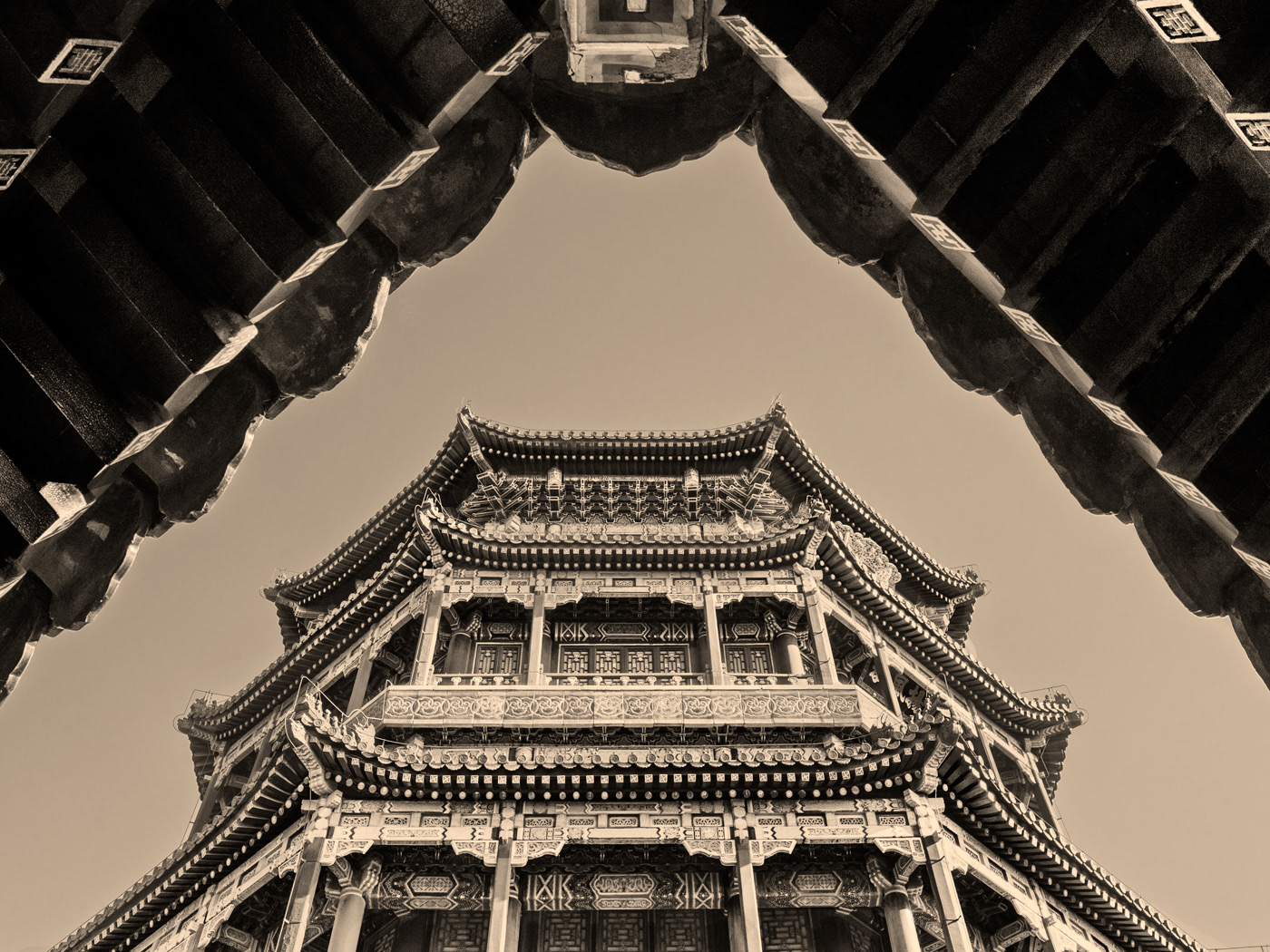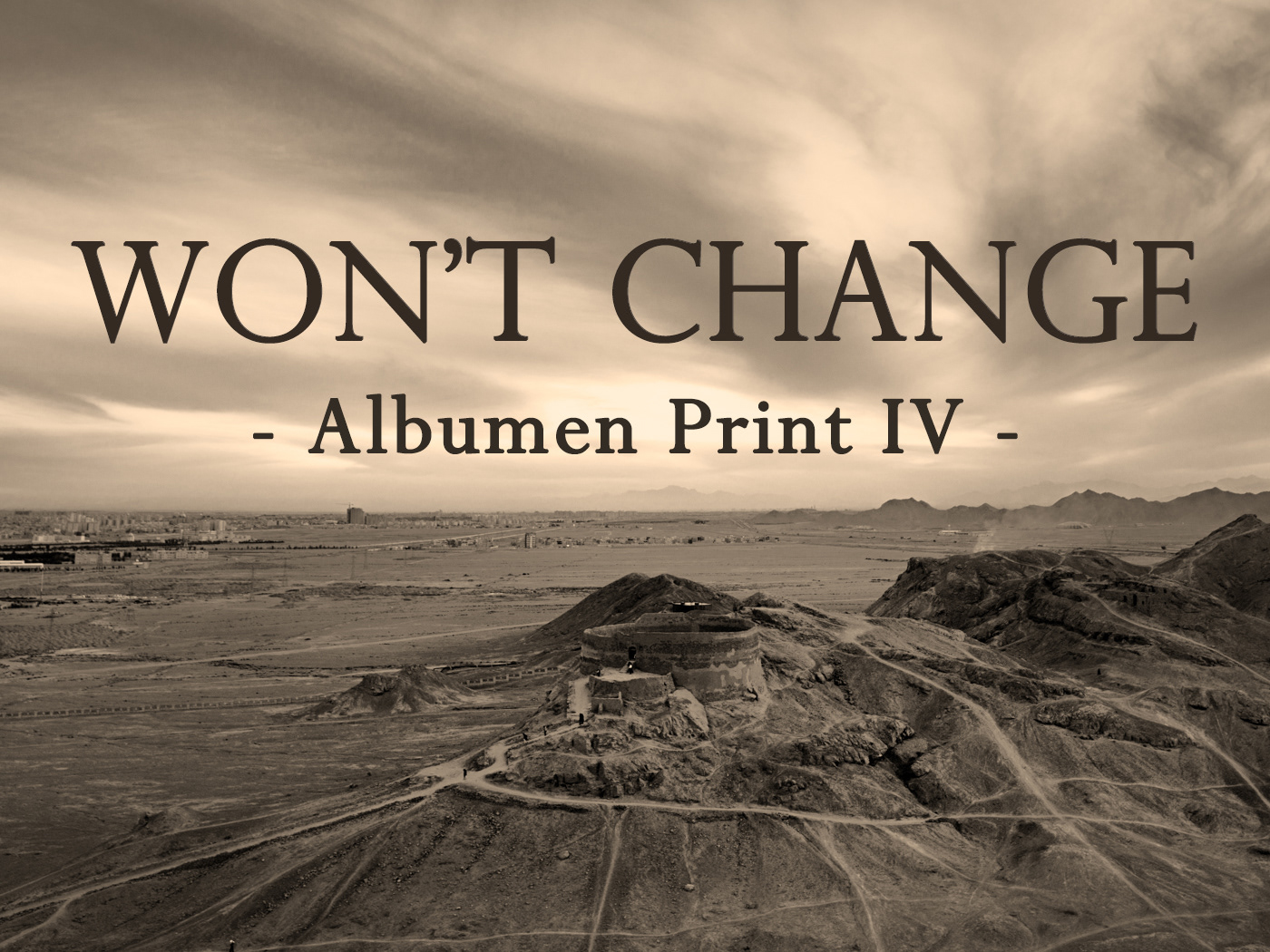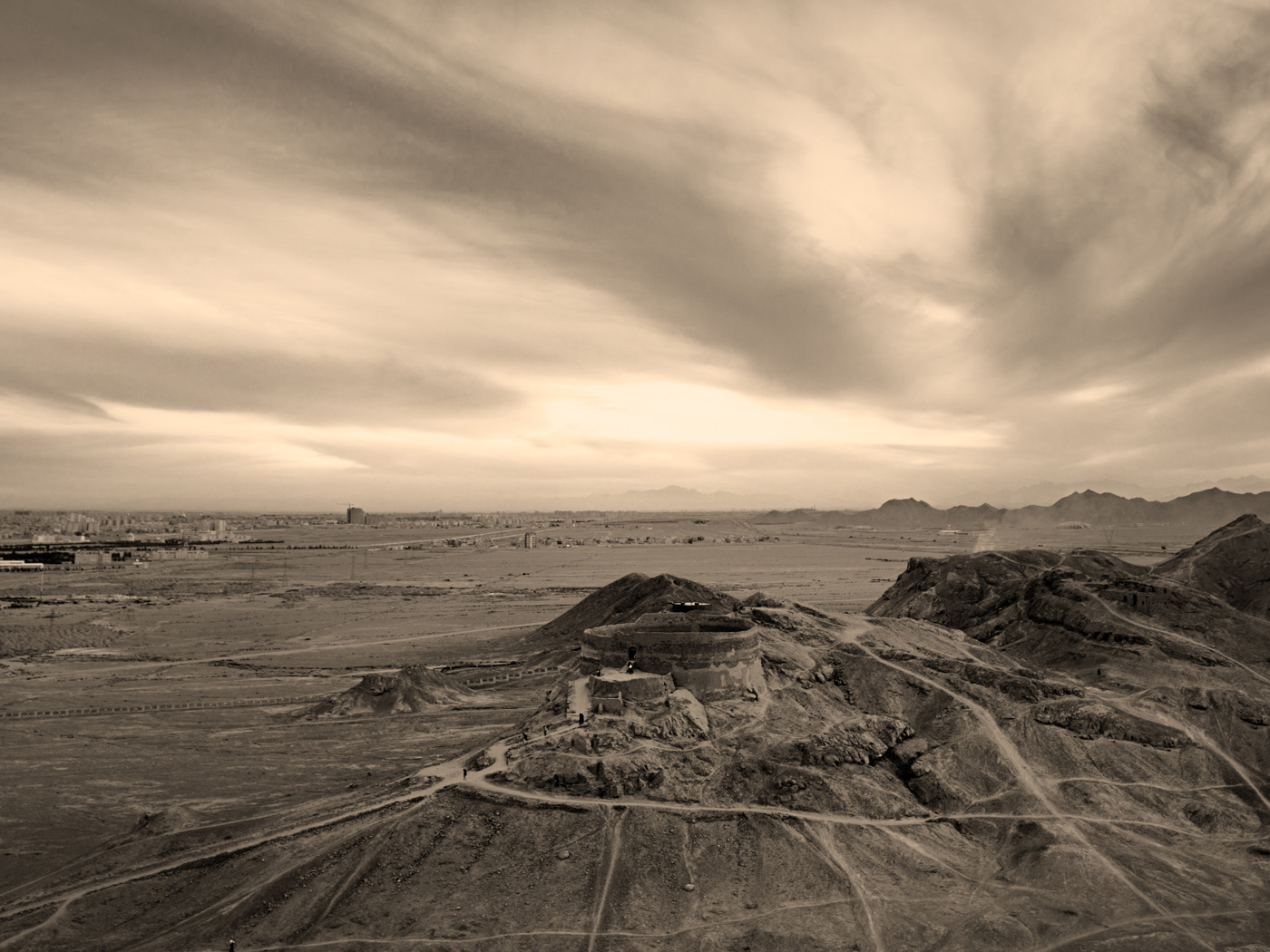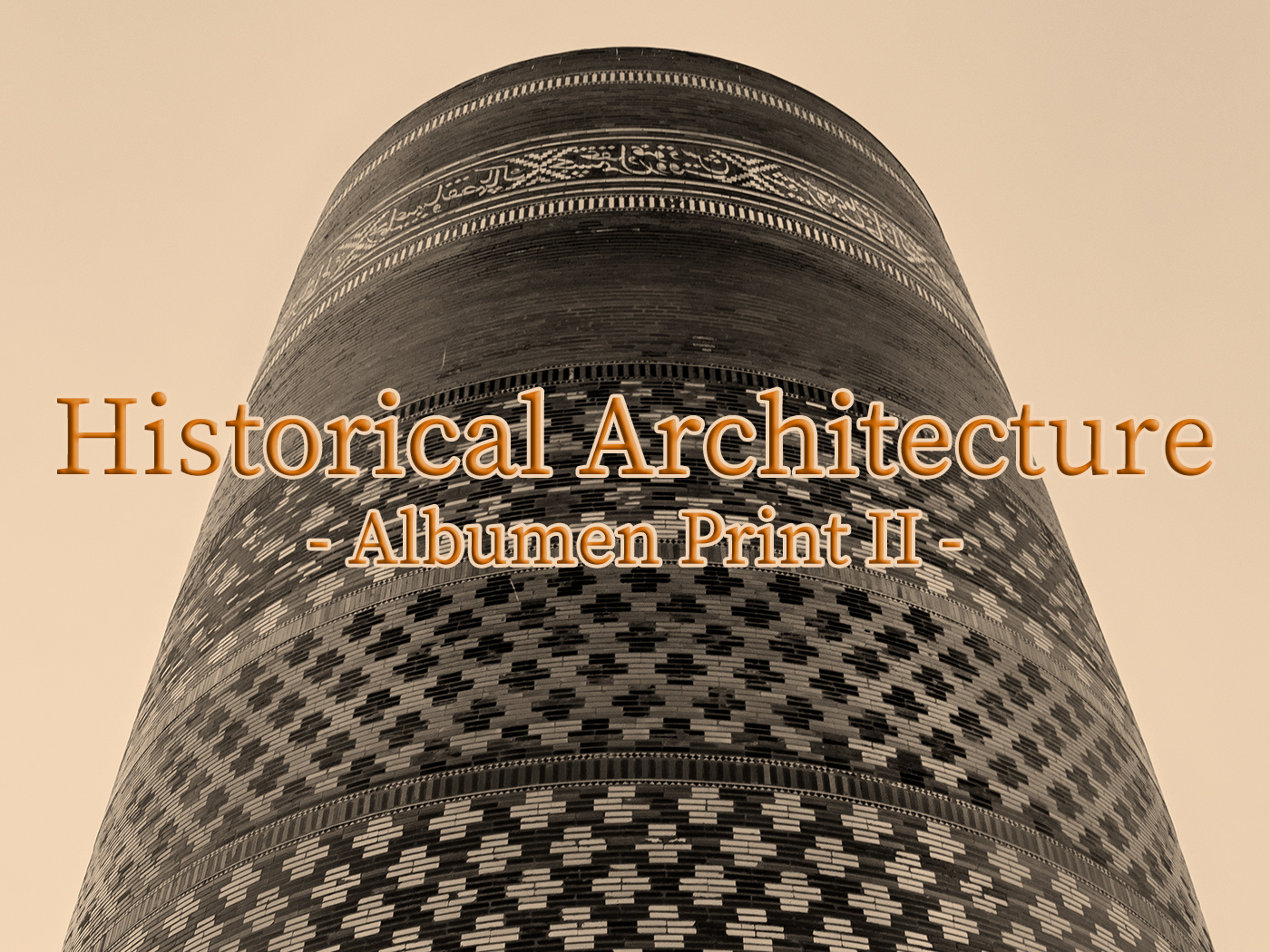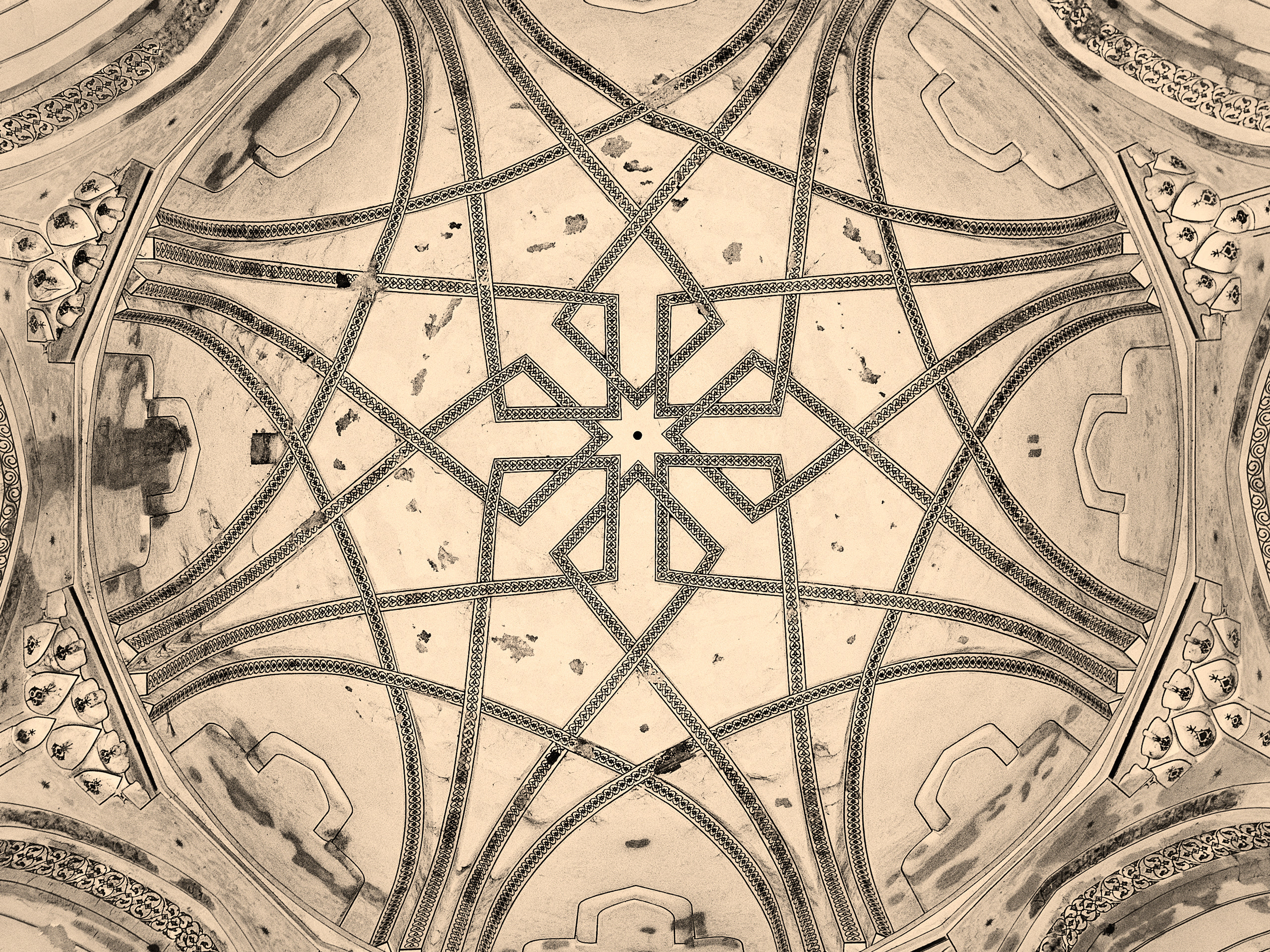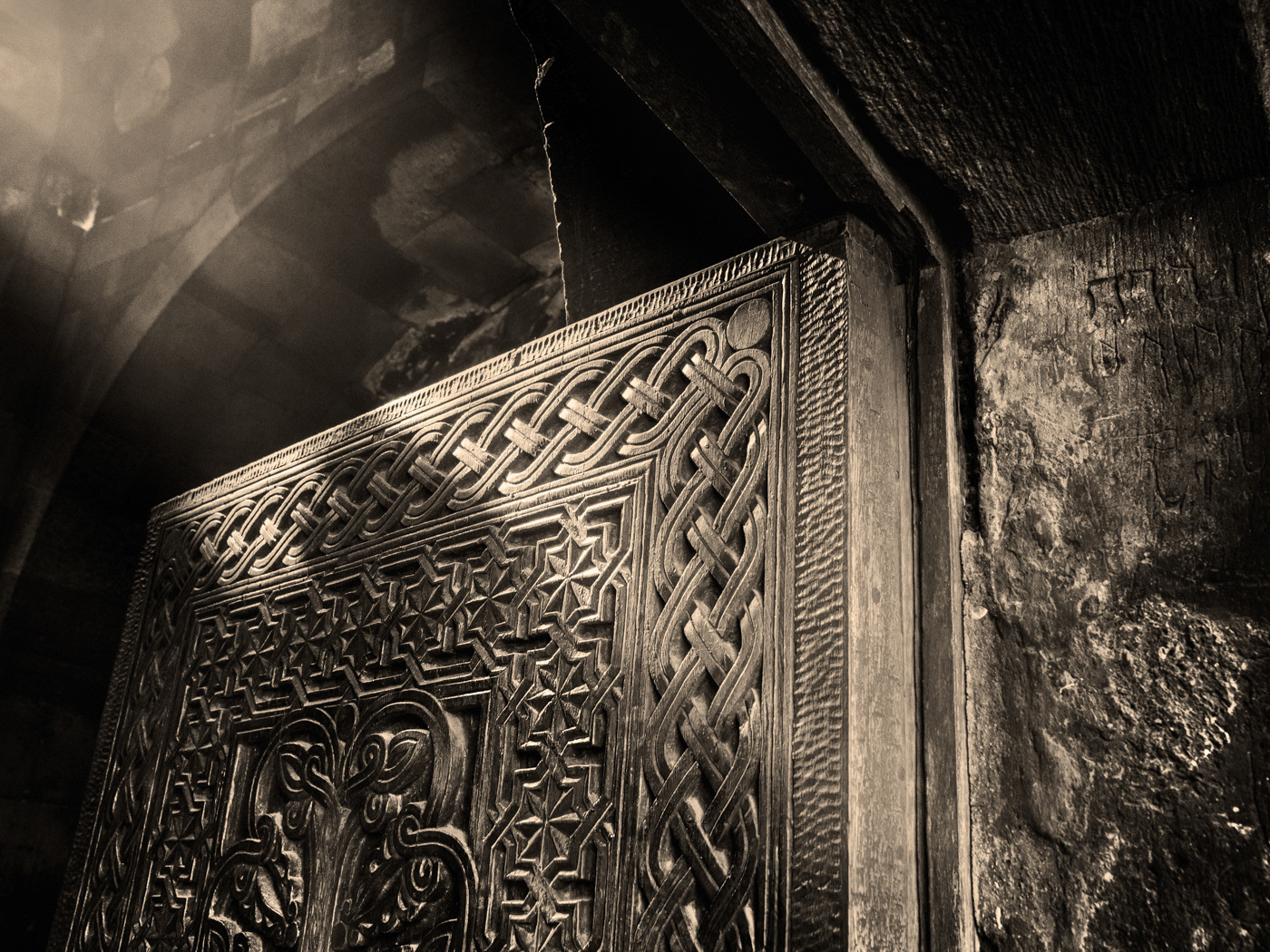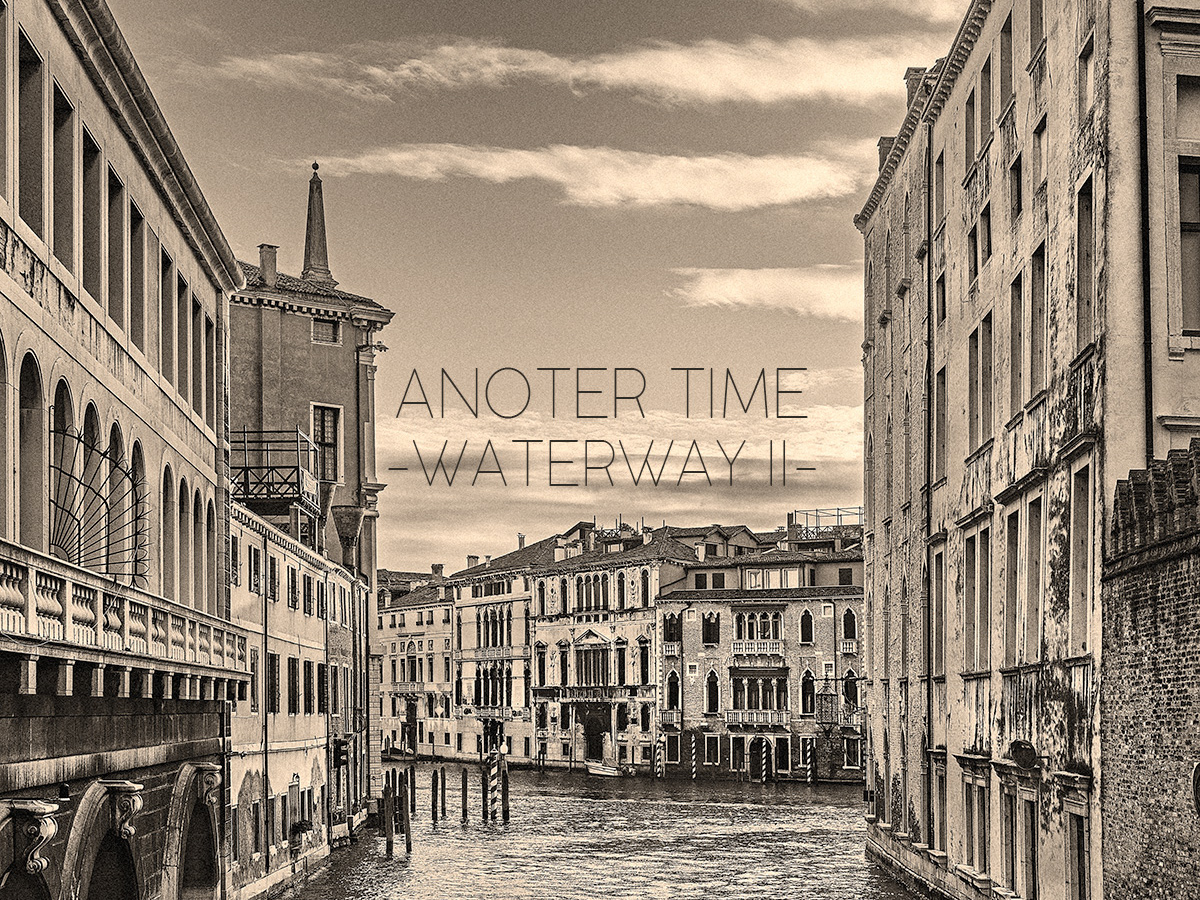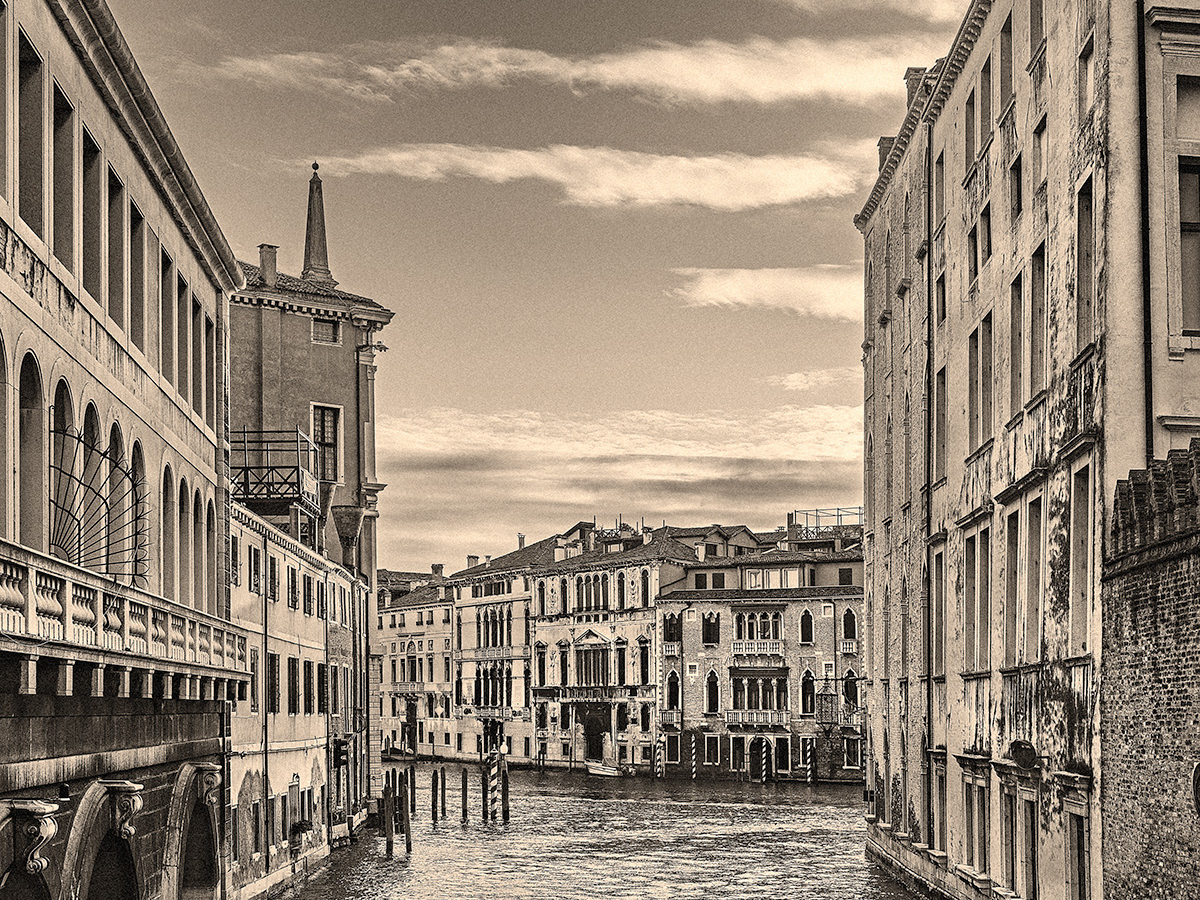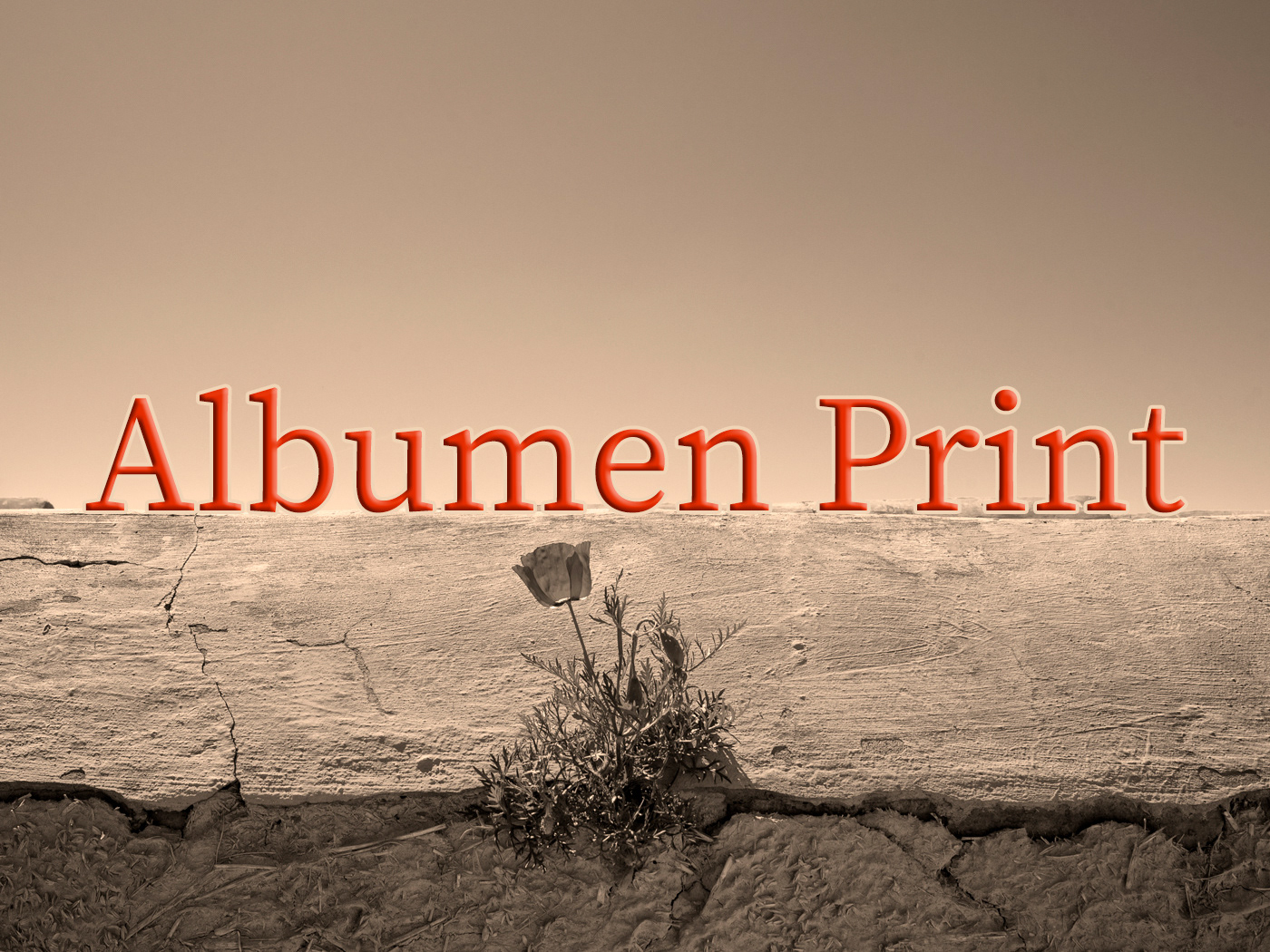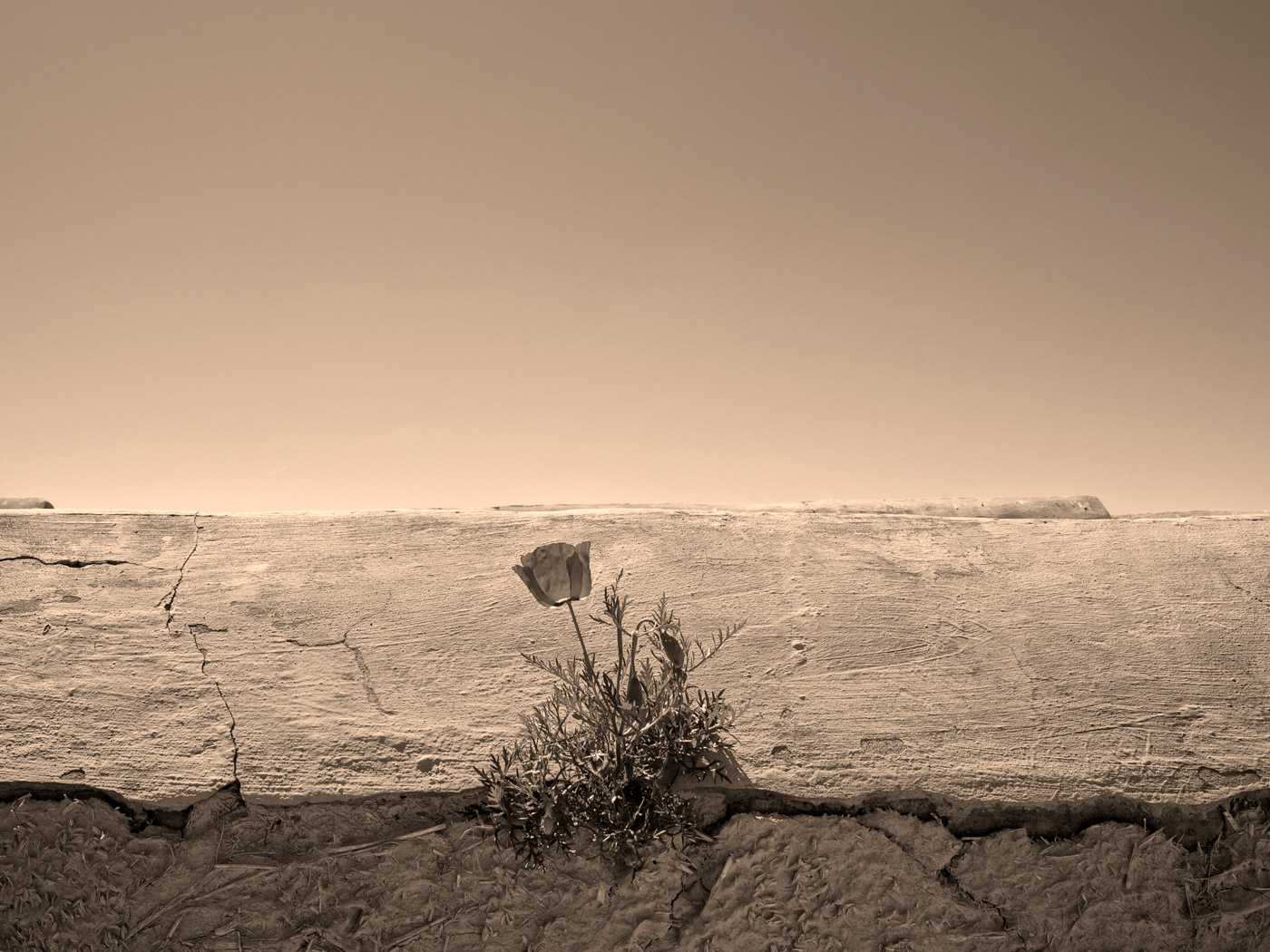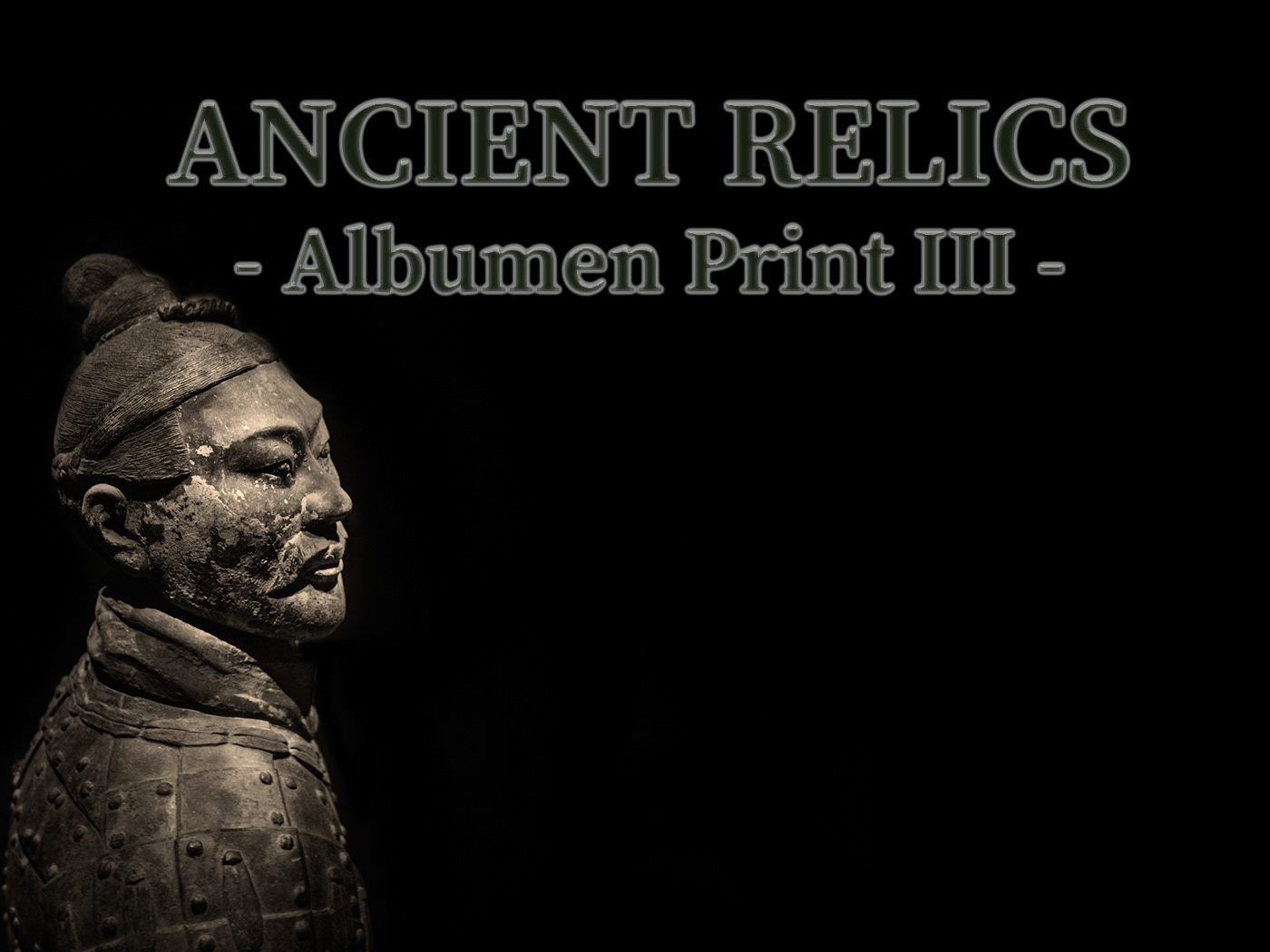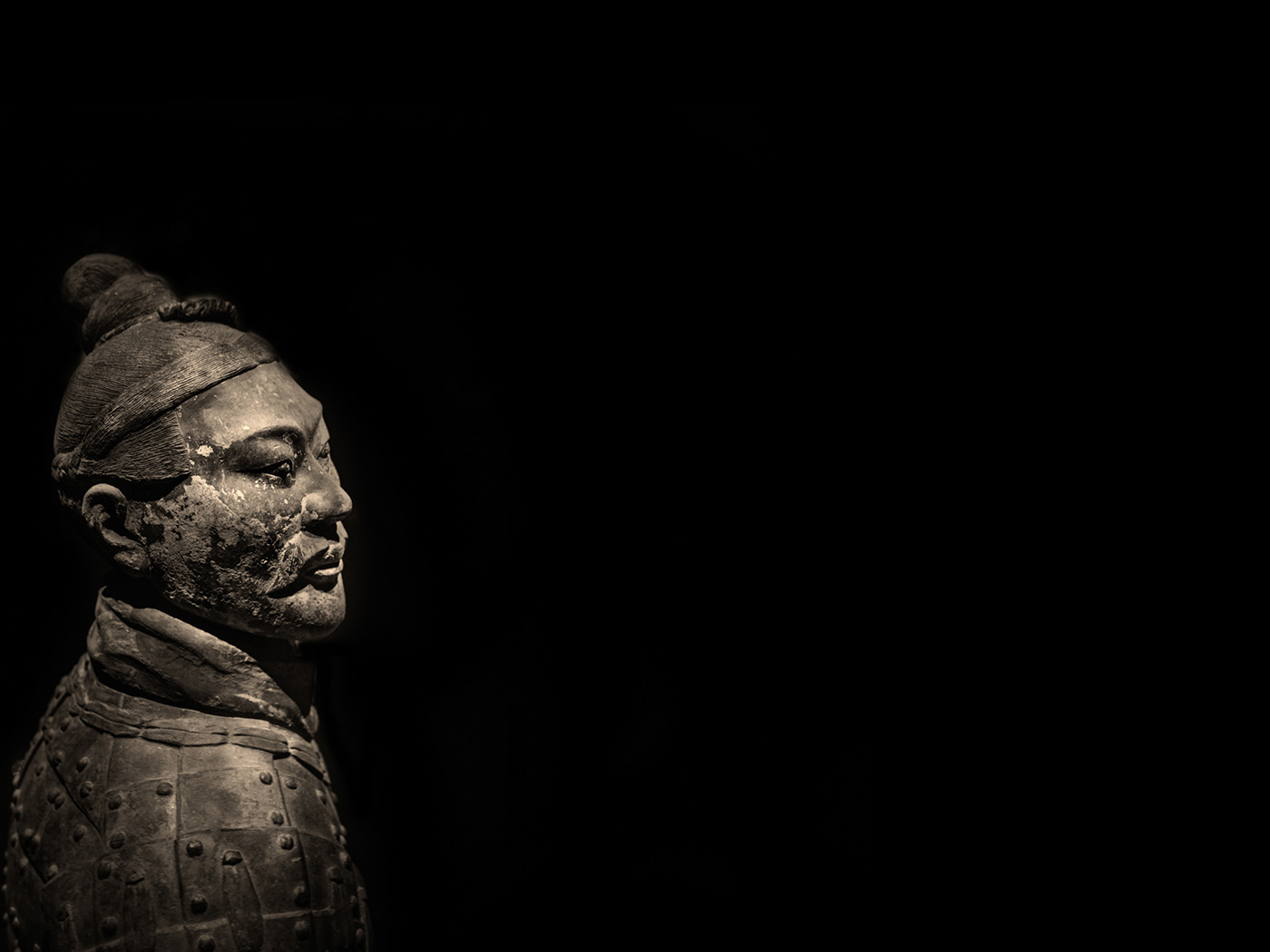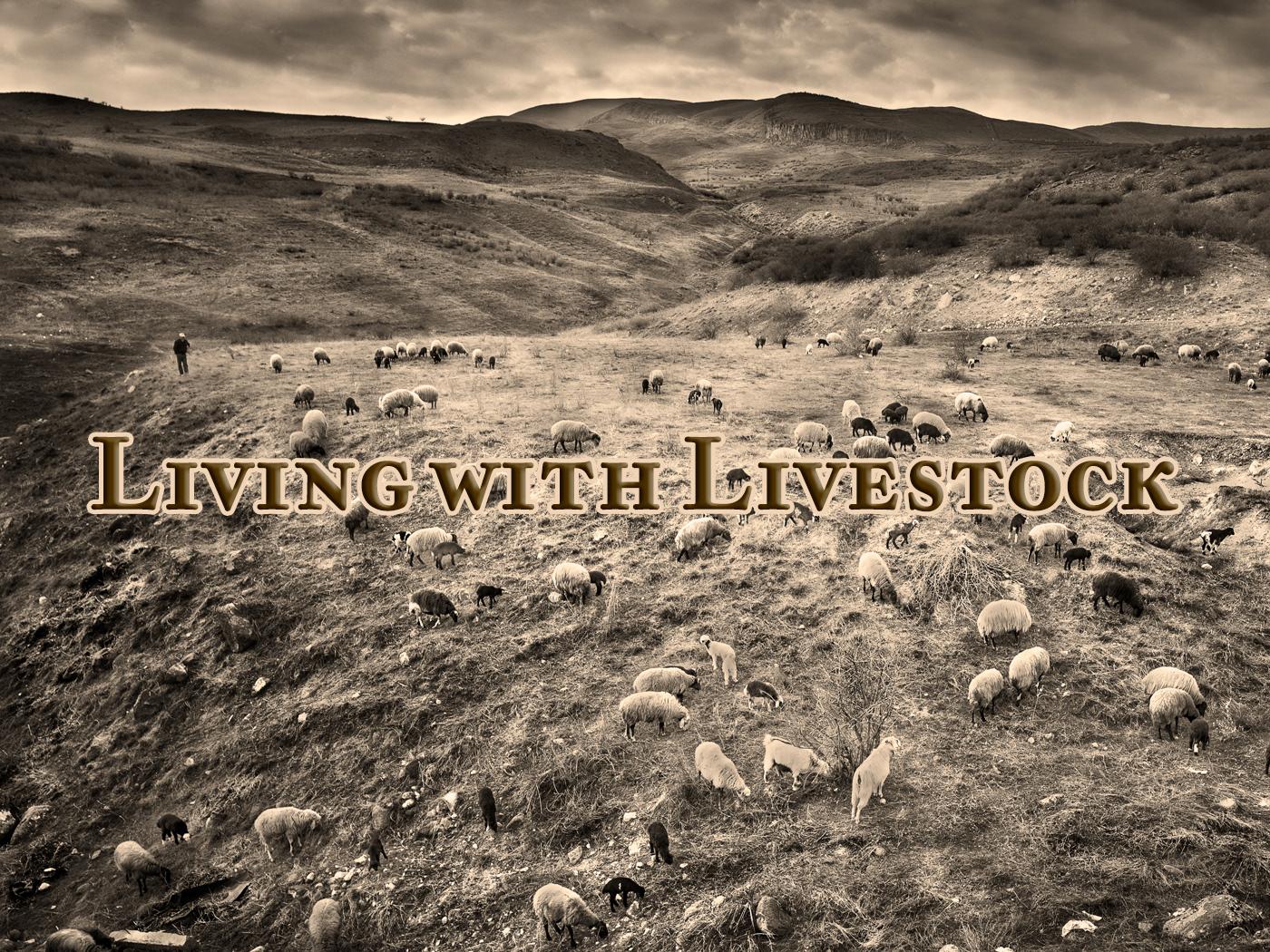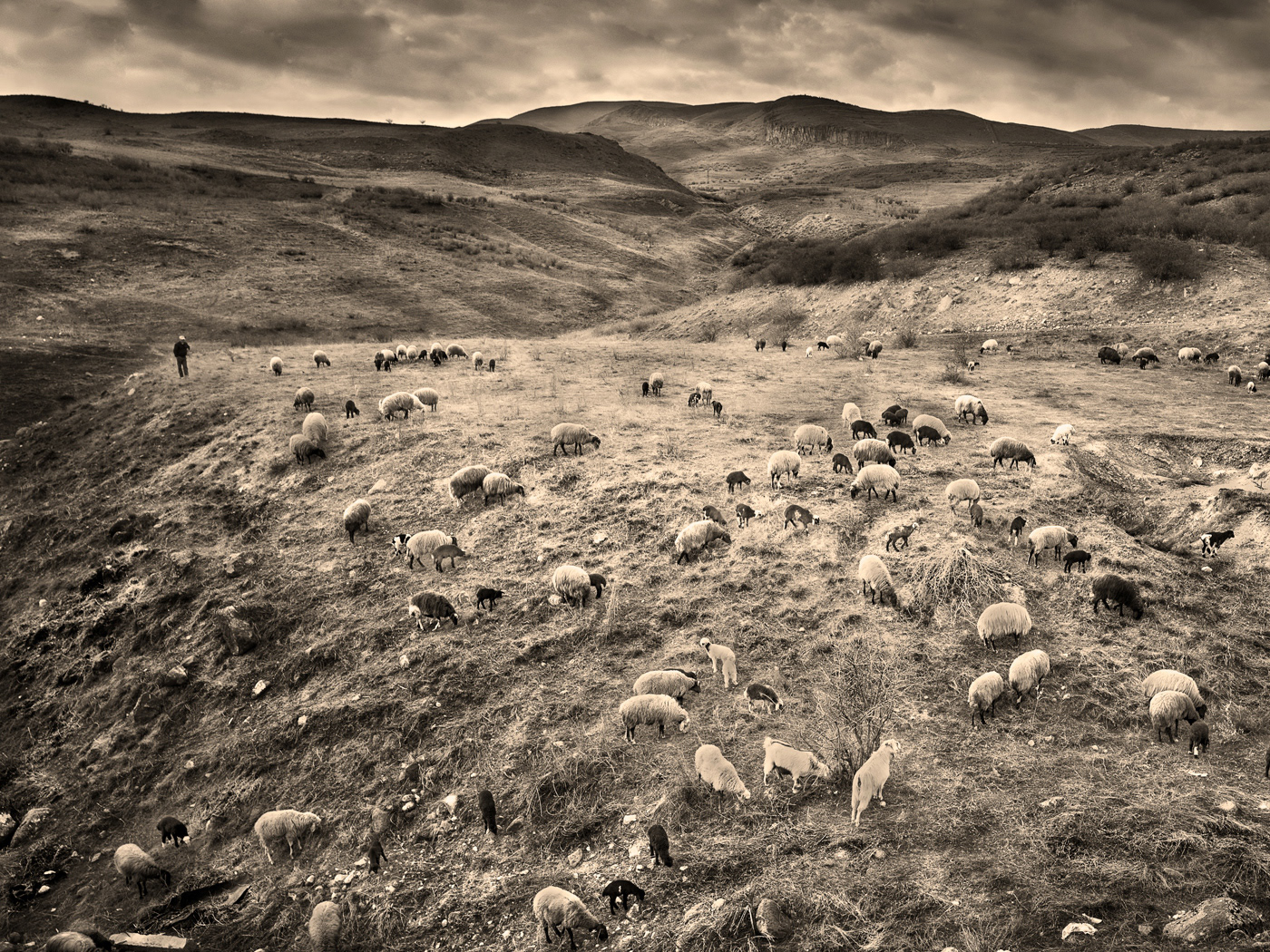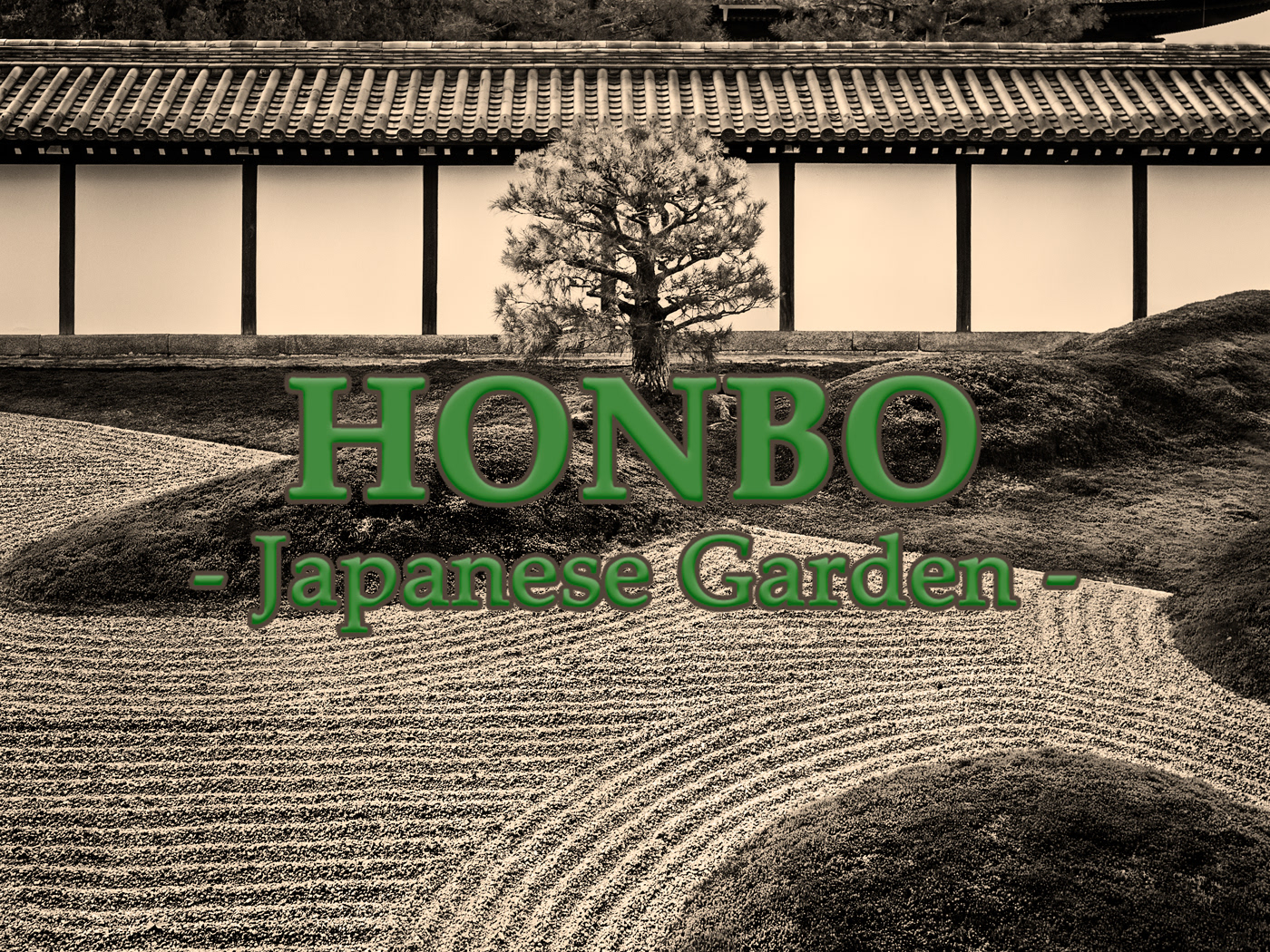During and after the Nara Period (710-794) of JAPAN, a unique Japanese style of architecture developed called Wayou Kenchiku (和様建築). Its use factors into the features of Japanese-style architecture in shrines and temples.
Kondo (金堂) (国宝; National Treasure), Yosemune-zukuri (寄棟造) and Hongawarabuki (本瓦葺) with Shibi (鴟尾) : Kondo (Main hall) is a Yosemune-zukuri (rectangular temple) covered with a Hongawarabuki (cray tile hip-and-gable roofing). Shibi is a type of decoration that is attached to both ends of a tiled roof.
Toshodai-ji Temple Kondo (唐招提寺, 金堂) : Ganjin-wajo (鑑真和上) had the Toshodai-ji temple build and live there until he passed away.
Toshodai-ji Temple Kondo (唐招提寺, 金堂) : Ganjin-wajo (鑑真和上) had the Toshodai-ji temple build and live there until he passed away.
Kasuga-Dorii (春日鳥居) : A style of Shinto shrine archway in Japan called "Kasuga-Dorii"; Torii (In this cases, Torii is pronounced "-dorii," ) is a gate to a shrine.Sandou (参道) of Kasugataisha Shrine (春日大社) : An approach to the shrine
Stone Lantern (石灯篭) : A lantern is an enclosure that keeps the light from turning off. It is made of stone and metal. Originally, it was used by monks from the Nara era.
The shape of a stone lantern in Kasugataisha Shrine : Stone lanterns of Sndou line the approach to Kasugataisha.
The shape of a stone lantern in Kasugataisha Shrine : Stone lanterns of Sndou line the approach to Kasugataisha.
Kairou (回廊) : Kairou is a building that goes around the main shrine and other major structures.
Kasugataisha shrine : Kasugataisha shrine was built to protect Heijokyo and pray national.
Kasugataisha shrine : Kasugataisha shrine was built to protect Heijokyo and pray national.
Kaerumata (蟇股) : A strut called Kaerumata (a strut with legs stretched like those of a frog) is placed between Kumimono (組物 ; a framework of a building to support eaves) and other Kumimono.
Suzaku-mon (朱雀門), Heijo-kyo ato (平城京跡) : In 710, Ancient capital of Japan was moved from Fujiwara-kyo (藤原京, 694-710) to Heijyo-kyo (平城京, 710-784) where is located Nara.
Suzaku-mon (朱雀門), Heijo-kyo ato (平城京跡) : In 710, Ancient capital of Japan was moved from Fujiwara-kyo (藤原京, 694-710) to Heijyo-kyo (平城京, 710-784) where is located Nara.
Azekurazukuri (校倉造) : A style of architecture call Azekurazukuri such as square log architecture.
Warehouse to store treasures and sutras of Toshodaiji Temple : The logs of Azekurazukuri style has protected the treasures for a long time.
Warehouse to store treasures and sutras of Toshodaiji Temple : The logs of Azekurazukuri style has protected the treasures for a long time.
Odaruki (尾垂木) : A beam of a traditional architectural structure that supports a roof, called rafter "Odaruki".
Higashi Kondo (東金堂) of Kofukuji (興福寺) : Higashi Kondo, Eastern Golden Hall (国宝; National Treasure), was originally built at 726.
Higashi Kondo (東金堂) of Kofukuji (興福寺) : Higashi Kondo, Eastern Golden Hall (国宝; National Treasure), was originally built at 726.
Photographing place of "Wayou Kenchiku (和様建築)" : Nara city, Nara prefecture, JAPAN
DMS : 34° 41′ 6″ N, 135° 48′ 17.2″ E
Digital work for Albumen print series V
Digital negative is converted to positive and digitally output.
Digital negative is converted to positive and digitally output.
—
Landscape of Silk road in JAPAN
—
Photograph of Silk-road-journey by HashiLaboratory | Japanese photographer and researcher



